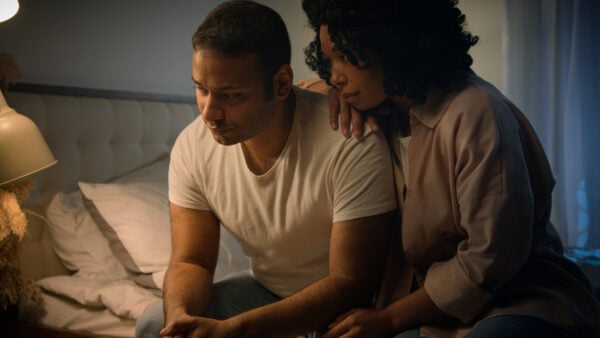Indianapolis, like many cities across the nation, searches for answers to the persistent cycles of violence and disconnection plaguing our neighborhoods, especially our youth.
Politicians hold press conferences, police increase patrols and community meetings are held only after tragedy strikes. And yet, the pain persists.
What if we’re not asking the right questions? What if our approach is missing a vital component — something foundational?
We cannot curb violence in our communities without understanding and investing in trauma-informed community building (TICB). Until we acknowledge the deep wounds that residents carry — generational poverty, systemic racism and community-level trauma — we will continue to chase symptoms rather than cures.
Trauma-informed community building is not a buzzword or a trendy framework. It is a necessary reimagining of how we engage, support and rebuild communities that have endured decades of neglect, violence and broken promises.
It acknowledges that trauma is not just personal — it is communal, systemic and deeply embedded in the social fabric of neighborhoods.
I first encountered this model in 2017 while working as a Community Advocate at the MLK Center in Indianapolis. I mentored countless children in the Butler-Tarkington and Crown Hill neighborhoods — many of whom I lost to gun violence. That experience sent me to Chicago for a weeklong advocacy and social justice training, where I learned about trauma-informed community building. It transformed my understanding of community work. I began to ask: “How can we expect healing if people don’t even feel safe expressing their grief? How can we build trust in systems that have historically failed us?”
Traditional community development often focuses on infrastructure — new parks, refurbished housing or increased policing. While these are important, they fall short when the communities they’re meant to serve are still staggering from trauma.
For example, the renovation of Tarkington Park was a multimillion-dollar project intended to bring new life to the neighborhood. Yet the lack of proactive trust-building efforts by institutions like the Indianapolis Metropolitan Police Department (IMPD) led many residents to view the changes skeptically.

Why should residents trust police who only show up after harm has already been done? Simply showing up — to play basketball at, for instance, newly-renovated parks, listen to community members during neighborhood association meetings and connect — could go a long way in rebuilding trust.
Community and trust are foundational principles of trauma-informed work, and both are slipping away. In 2025, it feels as though everyone is out for themselves. The sense of shared responsibility, of mutual care and concern, is fleeting.
A trauma-informed approach reminds us that healing starts with connection. It means creating safe spaces for people to express pain, joy, frustration and hope. It means empowering residents to lead, not just participate. It means recognizing that sustainable change requires consistency, transparency and genuine collaboration.
Successful models exist. The HOPE SF initiative in San Francisco, detailed in both Urban Institute and BRIDGE Housing reports, shows how trauma-informed strategies can reshape entire neighborhoods.
Residents have found purpose, safety and connection through peer leadership programs and community gardens. These initiatives prioritize “do no harm,” acceptance, empowerment and reflection — principles that are sorely needed in Indianapolis.
But we face real challenges.
Institutional resistance and stigma continue to hinder progress. Too often, trauma-informed frameworks are dismissed as too “soft” or intangible. There’s a reluctance to shift power to the community or to acknowledge the harm institutions have caused.
And yet, we must. The stakes are too high.
Trauma-informed community building intersects with racism, poverty education, housing and public health. It is a framework that fosters safer and more equitable communities. It requires policymakers, community organizers and everyday residents to co-create strategies that center on healing and justice — not just policy metrics.
So, what can we do?
- Prioritize community-led leadership in decision-making processes.
- Provide consistent, transparent communication*and never overpromise.
- Invest in joy and healing through regular community events, mental health support and peer-to-peer programs.
- Hold institutions accountable for their role in perpetuating harm — and demand they become active participants in healing.
- Embed trauma-informed training in every agency that interacts with the public — from police to housing authorities.
We are running out of time. If we want to curb violence, if we want to see tangible transformation in our neighborhoods, we must first build spaces that allow people to grieve, express and reconnect. We must build with trauma in mind. Don’t suppress the trauma; digest the trauma.
Because if we don’t acknowledge the hurt, we’ll never truly heal.
Contact Multi-Media & Senior Sports Reporter Noral Parham at 317-762-7846 or via email at noralp@indyrecorder.com. Follow him on TikTok @3noral. For more news click here.
Noral Parham is the multi-media & senior sports reporter for the Indianapolis Recorder, one of the oldest Black publications in the country. Prior to joining the Recorder, Parham served as the community advocate of the MLK Center in Indianapolis and senior copywriter for an e-commerce and marketing firm in Denver. He is also the owner and founder of Horsemen Sports Media.






